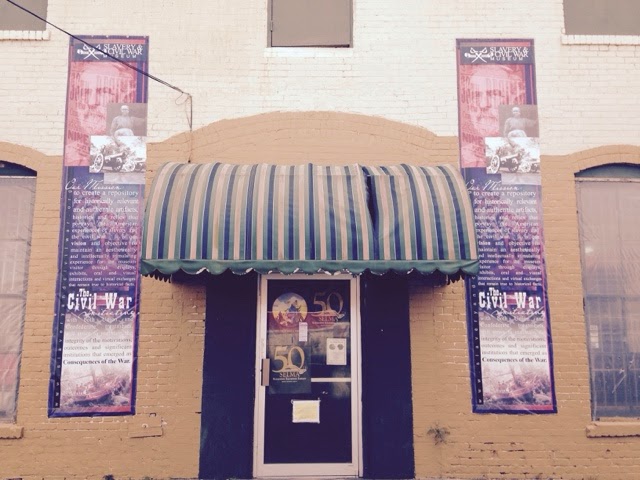This was one of the insights a panel of publishing and library representatives shared during a panel titled “Publishing: Everything You Wanted to Know.” The panel discussion was one of several free presentations that took place during the Ohioana Book Festival, held April 25 at the Sheraton in downtown Columbus, Ohio, where I live.
Panelists who participated in the “Publishing: Everything You Wanted to Know” included author Lucy Snyder, Toledo Lucas County Public Library Humanities Department Manager Ben Malczewski and Ohio University Press representatives Gillian Berchowitz, director, and Samara Rafert, promotions and exhibits manager.
While there is more prestige to being published by a mainstream house, self-published authors aren’t looked on with the same disdain by the literary establishment as in previous decades, Berchowitz said.
"I think the whole landscape of self-publishing has changed,” she said. “There's just so many ways in someone can publish their work. That being said, there is a difference."
The difference, Berchowitz added, is that self-published books often don't go through the same “vetting process.” In other words, many self-published are poorly edited – or not at all.
So, self-published authors would be smart to hire a competent editor who can give a manuscript a professional polish before it’s released. And with the ultimate goal being to reach readers, authors should start figuring out who their target readers might be before they publish, Malczewski said.
“Identify, who is your audience. Have a good idea of who would read this," he said, adding that the Toledo Lucas County library has a special section devoted especially to local, self-published authors.
Snyder, who said she has sold more than 80 short stories and 10 books, said she prefers to work with traditional publishers rather than self-publishing. She shares more of her advice in the how-to guide “Shooting Yourself in the Head For Fun and Profit: A Writer's Survival Guide.”
"Because I'm more interested in being a writer than a publisher, if I have a niche publication, I'll look for a small press" rather than self-publish her work, Snyder said.
Of course, many self-published authors would like to transition to having their work distributed by a mainstream publisher. One of the main avenues to accomplish that is to secure an agent. Snyder said she landed her agent through word of mouth by participating in collaborative projects such as short-story anthologies with other writers.
"Networking with other writers and participating in writers' communities is often a very good way to find an agent,” she said.
When trying to sell a fiction book, authors need to do their best to make the best first impression as they possibly can, Berchowitz said.
"The first 50 pages of your manuscript that you send, that's it,” she said. “That's the bottom line."
While fiction books generally need an agent to garner the attention of a traditional publisher, non-fiction book proposals can be submitted directly from the author, Berchowitz said.
"I think it's understood that you can send your [nonfiction] proposal around to a number of houses,” she said.
And how do you decide which publishers to send your proposal to?
“Writer's Market is a great resource for that,” said Malczewski, referring to the directory that lists publishers, agents and many other resources in the publishing world.
One surprising insight that the panelists shared was that short-story anthologies can be difficult to market to readers.
"Short stories are a harder sell than novels,” Snyder said. “Most people prefer to read novels."
This fact is surprising because readers supposedly have a very short attention span these days because the Internet and digital technology has opened up a universe of choices.
However, short-story anthologies in all genres can find an audience if properly marketed, especially through crowdsourcing sites like Kickstarter, Snyder said. Crowdsourcing literally gives audiences an ownership stake in projects they contribute to.
"Anthologies are doing fairly well right now. I've been attached to about a dozen Kickstarter [campaigns],” she said. “It's an update of the old method of doing preorders [prior to a book’s publication]. ... It integrates everything into social media."
And if crowdsourcing isn’t for you and you want to hold out for a traditional publisher, don’t lose faith if you can’t land an agent right away, Snyder advised.
"I wouldn't lose faith if I couldn't get an agent,” she said. “I would start sending [your manuscript] out to presses... Start at the top and work your way down.”
One bit of encouraging news came during the panel's Q&A with the audience. One of the audience member said he's really busy with work and raising his family right now, but would like to explore a second career as a writer one day when he retires.
Berchowitz said it's never too late to dip one's foot in the literary pool: "Writers hit their stride whenever..."
Note: This blog replaces a previous post about the Ohioana Book Festival that I originally published on Wednesday, April 29, 2015.





















































